High Prices Are Changing Our Coffee-Drinking Habits
It's the Coffee News Roundup: Week Ending December 19th

A hand holds a coffee cup with latte art, resting on a folded newspaper. Via Pixabay.
It’s a beautifully crisp and sunny early Spring Saturday here in Southeast Michigan. As is tradition, Arsenal have spluttered to another disappointing result in the early kickoff that I faithfully awoke early for; the birds are out and enjoying their breakfast; and most importantly the coffee is hot and delicious.
Let’s look at the news.
Coffee producers in Jinotega, a department in northern Nicaragua, were already dealing with the effects of climate change—rising temperatures and increasing instances of leaf rust—when a large portion of their crops were destroyed by the back-to-back hurricanes that hit Central America last November.
Eta and Iota wiped out nearly half a million acres of crops across Central America, and the Nicaraguan Association of Producers and Exporters estimates a 40% decrease in coffee exports between October 2020 and January 2021.
“With an initial hard few years now stretching into a decade,” Reuters reports, “coffee farmers . . . face a tough decision: stay loyal to their coffee crop or find a new way to survive.”
It’s not often that news stories focus so closely on one province for a story like this, so it’s interesting to get such a localized view on the situation.
“These twin hurricanes make us even more vulnerable,” said Soppexcca co-operative manager Fatima Ismael Espinoza. “All of this investment we had been doing is lost, and we have to start over with programs of reforestation, soil improvement and diversification of crops.”
Espinoza has been encouraging members to experiment with other crops, such as cacao and guava, to limit reliance on coffee. However some farmers don’t want to take such a big risk, even though many still struggle with hunger amid a lack of income from coffee.
This part of Nicaragua has not seen the same number of young people leaving as other parts of Central America, according to Espinoza, but “our challenge is to create adequate conditions for progress and development so that the rural zone is attractive.”
Meanwhile on the consuming side, coffee drinkers might soon see price increases as roasters both large and small grapple with transportation and shipping issues.
“It is now more expensive than in the last five to 10 years to bring coffee to the consumer,” according to Jorge Cuevas of Sustainable Harvest importers.
Shipping costs on coffee imports are also rising, combined with delays on shipments due to supply chain issues caused by the pandemic. Olympia Coffee in Olympia, Washington, said they had seen increases of 15% across the board for upcoming contracts, and are currently deciding whether to raise their prices to make up for it.
Even big companies like Peet’s and JM Smucker (which owns Dunkin’ and Folgers, among others) have seen uncertainty this past year, although the larger operations have been able to stockpile in anticipation of continued supply chain imbalance.
Don’t be surprised, then, if the cost of your bag of coffee goes up in the coming months. Unfortunately, even though the above article indicates that they need the help, it probably won’t be to give more of the profit to producers.
Artificial intelligence is eventually going to put us all out of a job. Robot baristas, AI roasters, even machine-learning coffee marketing writers (I assume).
One job that seems like it could only be done by a human, however, is the coffee taster, or grader. Coffee is an inherently complex beverage and a lot relies on the taste buds and sensory perception of skilled individuals to interpret and rate its worth—a good cupping score from a coffee buyer can make a huge difference to a coffee’s price and, subsequently, to how much the grower is paid.
But what if a robot could do this job? Could a sufficiently advanced AI grade a coffee better than a human?
Well we’re about to find out, as a new company called Demetria seeks to expand coffee tasting into the Matrix. Billed as “the first AI-powered taste and quality intelligence [software as a service] startup for the coffee supply chain”, according to its own press release, Demetria’s portable sensor scans the coffee (whether green or roasted) and then runs the scan through its artificial intelligence platform, the “e-Palate”. The machine then matches biochemical markers to their associated flavors on the SCA’s flavor wheel.
The company’s goal, per Sprudge’s report, is to democratize cupping and prove “a boon for coffee producers”, saying that “because quality determinations are made later in the supply chain, farmers aren’t able to analyze their crops” and are therefore reliant on whatever score (and price) the buyer gives them.
As a fan of Roller Coaster Tycoon and Zoo Tycoon, I will 100% be playing this game (once it’s released in 2022).
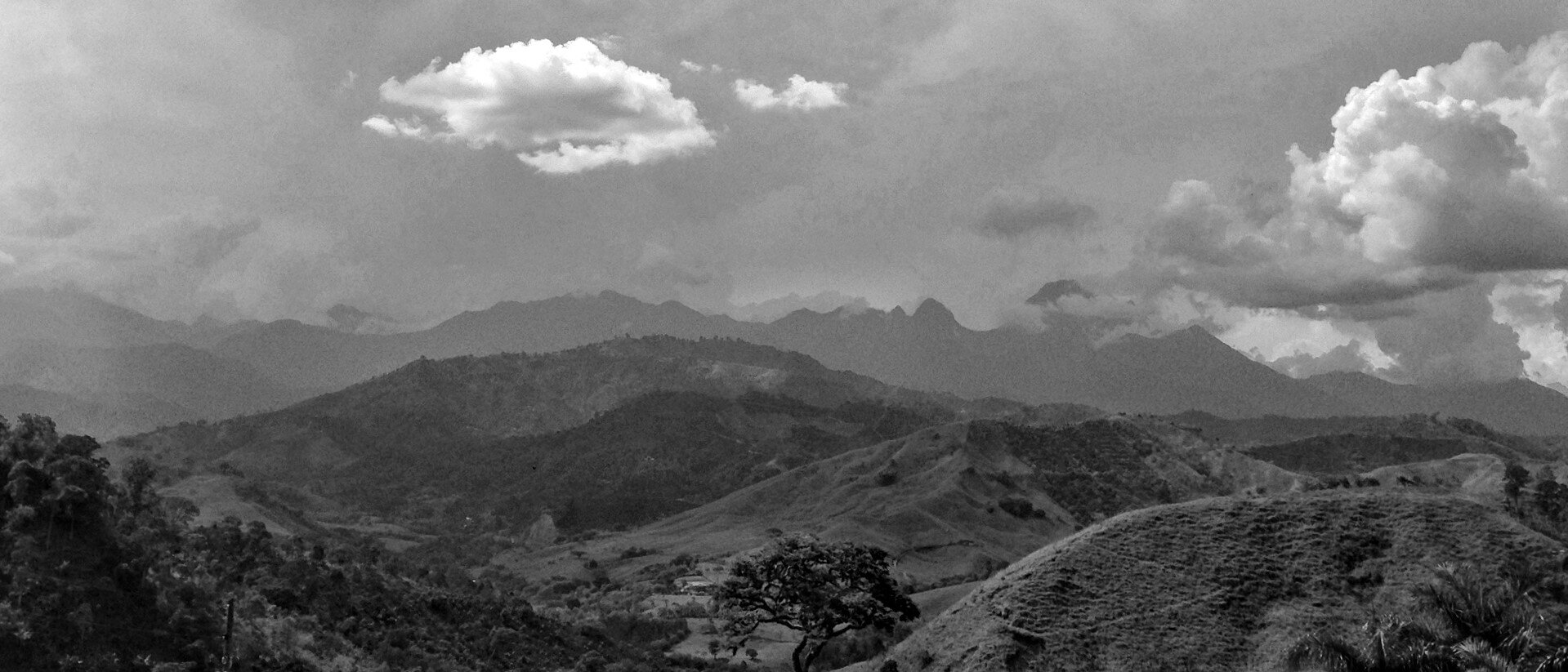
Long shot of Colombian coffee farms with mountains in the distance.
Go Fund Bean Is Raising Funds For Texas Coffee Workers
Starbucks Rolls Out Oat Milk US-wide
International Coffee Prices Reach Highest Average Since 2017
A Jacobs Douwe Egberts (JDE) plant in England is in a labor dispute with its workers, with talks meant to address shift pattern changes failing and the plant putting 300 workers into a “Section 188” situation that could lead to them being fired and rehired on less pay.
The Unite union says that JDE has ignored their suggestions and compared the company to “corporate gangsters”.
“It’s no way to repay a workforce who have been working through this crisis under difficult circumstances,” said Unite’s national officer for the food industry Joe Clarke. “Most food/drink sector companies are rewarding their employees... yet this one think it’s appropriate to give notice to dismiss and reengage the whole workforce on inferior terms as a thank you for their efforts.”
He also said they were considering industrial action.
JDE meanwhile says the changes to shift patters would make the company more competitive, and that there would be no redundancies. So believe who you want, I suppose.
Well this week we won’t find out if it’s good or bad for you, but we might find out how many calories are in a cup of black coffee. A burning question, to be sure.
So, how many? According to the article in Daily Coffee News: “The short answers are: either about 5 or about negative 100, depending on how you drink down the science.”
It’s a fun read that goes into digestible vs non-digestible calories and how it relates to coffee and caffeine.
“What is clear is that 100 milligrams of caffeine—about what is in a rather weak 8-ounce coffee—causes healthy humans to burn an additional 75 to 150 calories via stimulation of the metabolism.”
Welcoming The Fourth Wave: A Toast To The Future Of Coffee People by Arielle Rebekah Gordon
Until next week, drink good coffee. Wear your mask. Be nice to (and tip) your barista.
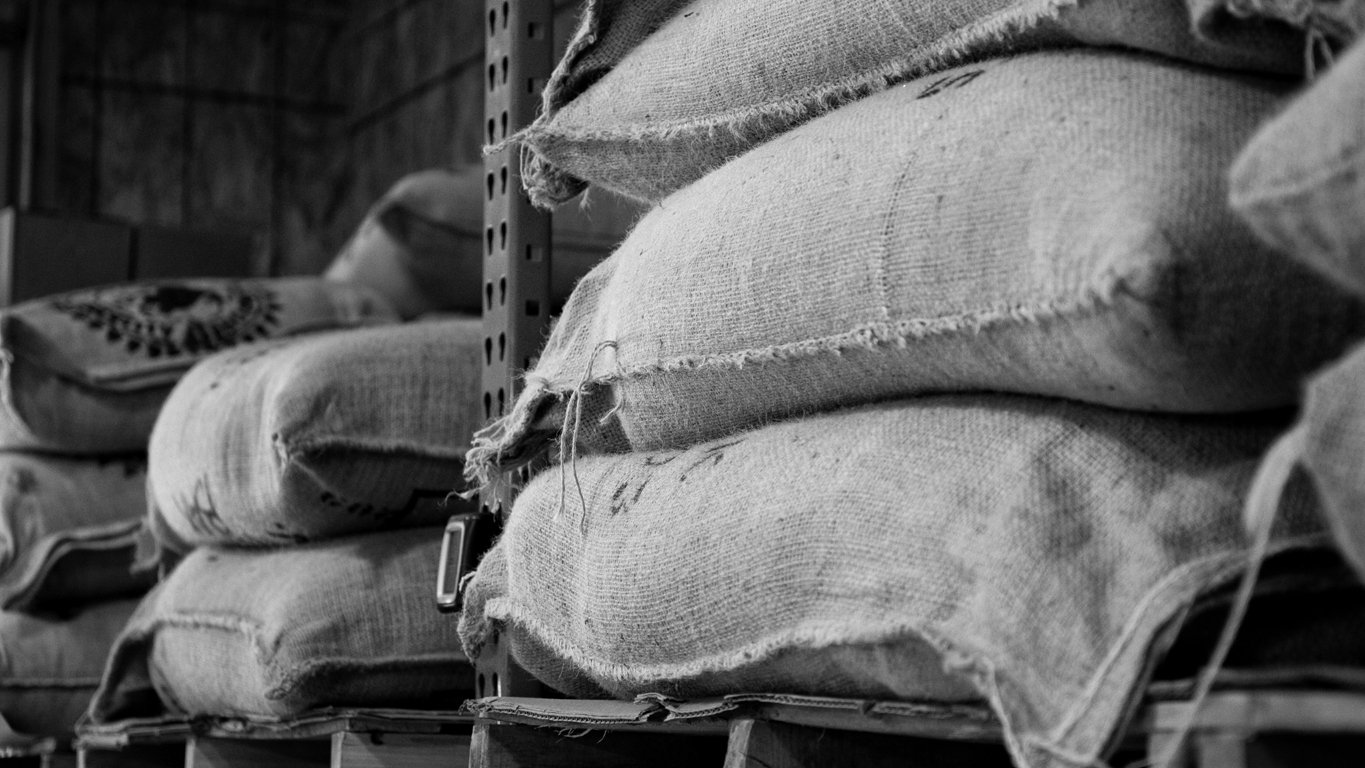
Nov 24, 2023 Connecting the Dots: Inside the 2023 Coffee Barometer Nov 24, 2023 Nov 24, 2023
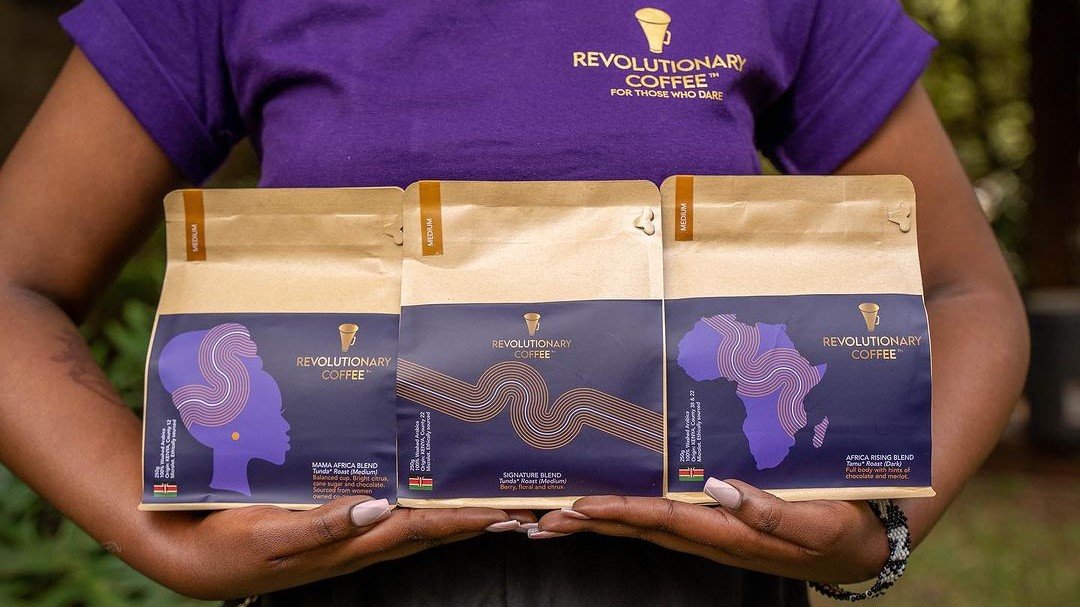
Oct 21, 2023 'Specialty Coffee Should be Enjoyed by Those Who Grow It': The Farmer's Daughter Joining Kenya's Coffee-drinking Revolution Oct 21, 2023 Oct 21, 2023
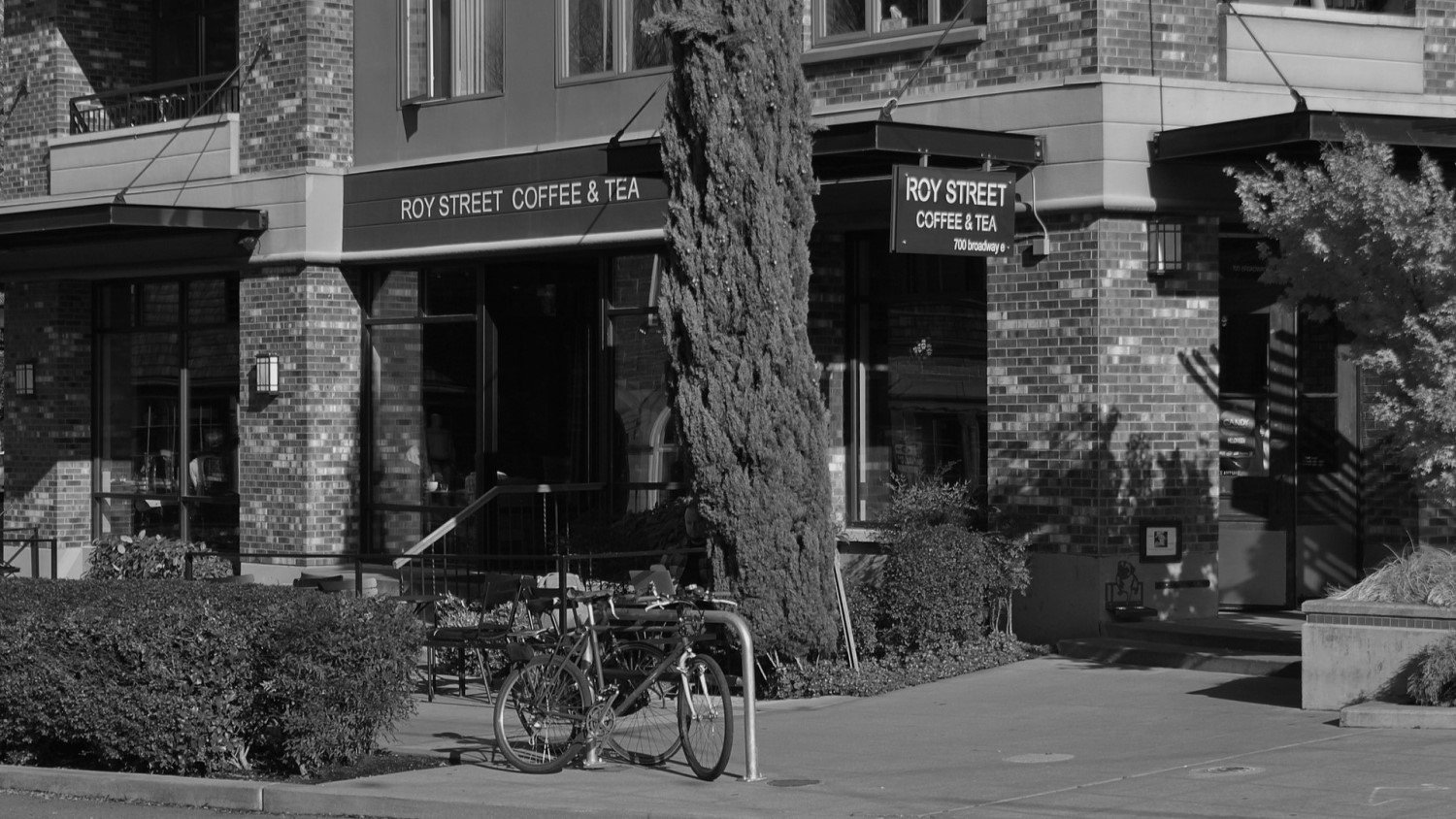
Oct 6, 2023 Stealth Starbucks: A Premonition of Modern Specialty Coffee Oct 6, 2023 Oct 6, 2023
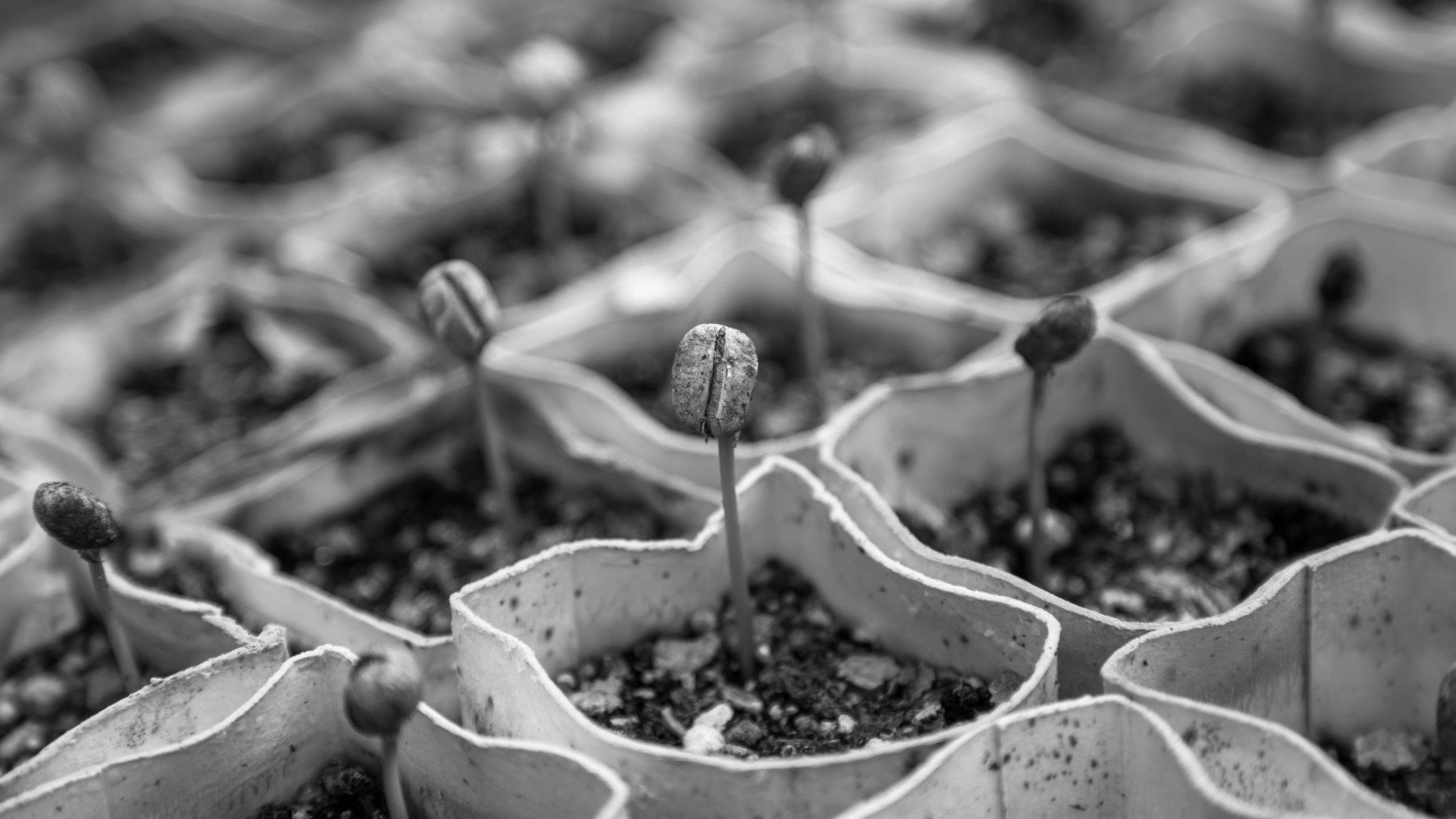
Sep 22, 2023 Can the Coffee Change Fund Save Coffee? Sep 22, 2023 Sep 22, 2023
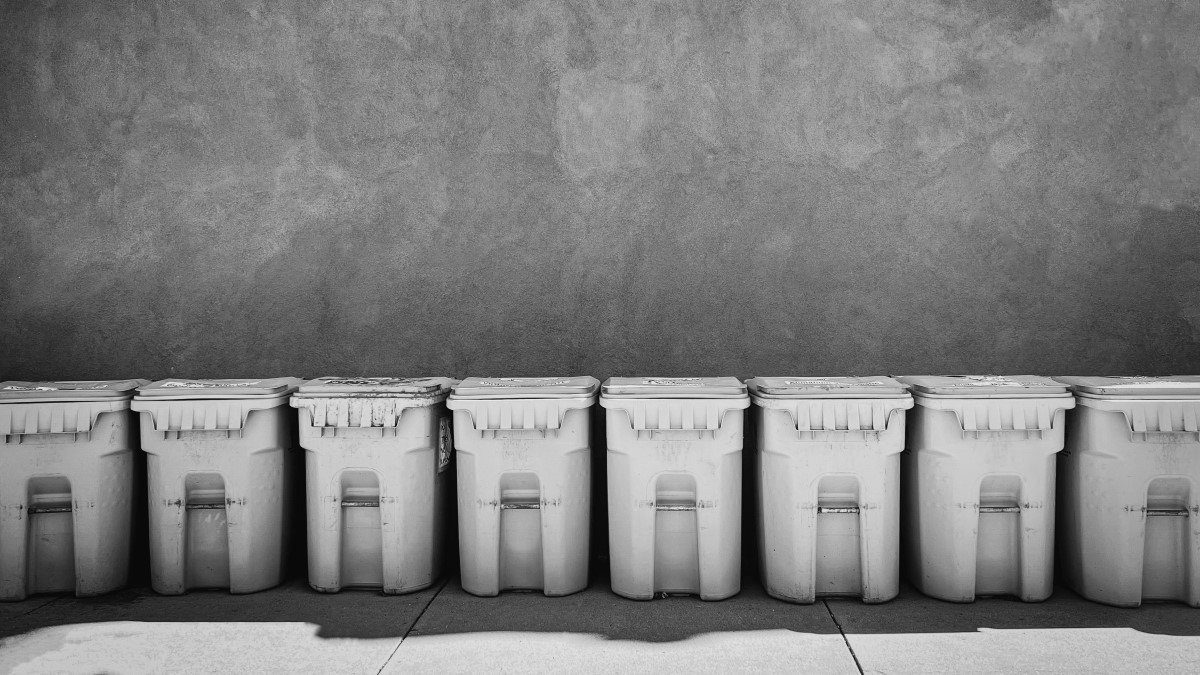
Sep 8, 2023 Upcycled Coffeewashing Sep 8, 2023 Sep 8, 2023
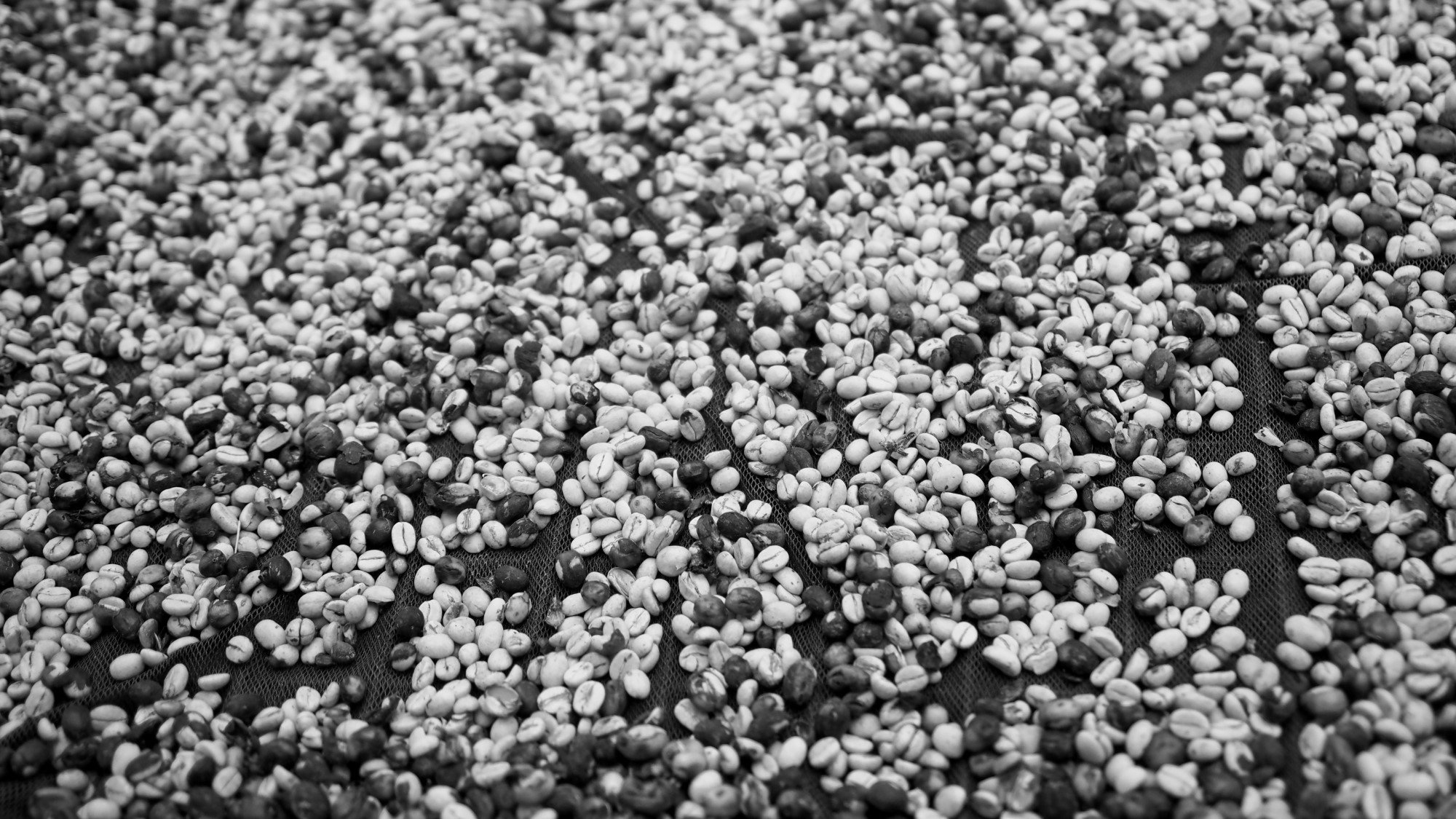
Aug 25, 2023 From A Concerned Farmer Aug 25, 2023 Aug 25, 2023

Aug 11, 2023 Philly is a (Coffee) Union Town Aug 11, 2023 Aug 11, 2023
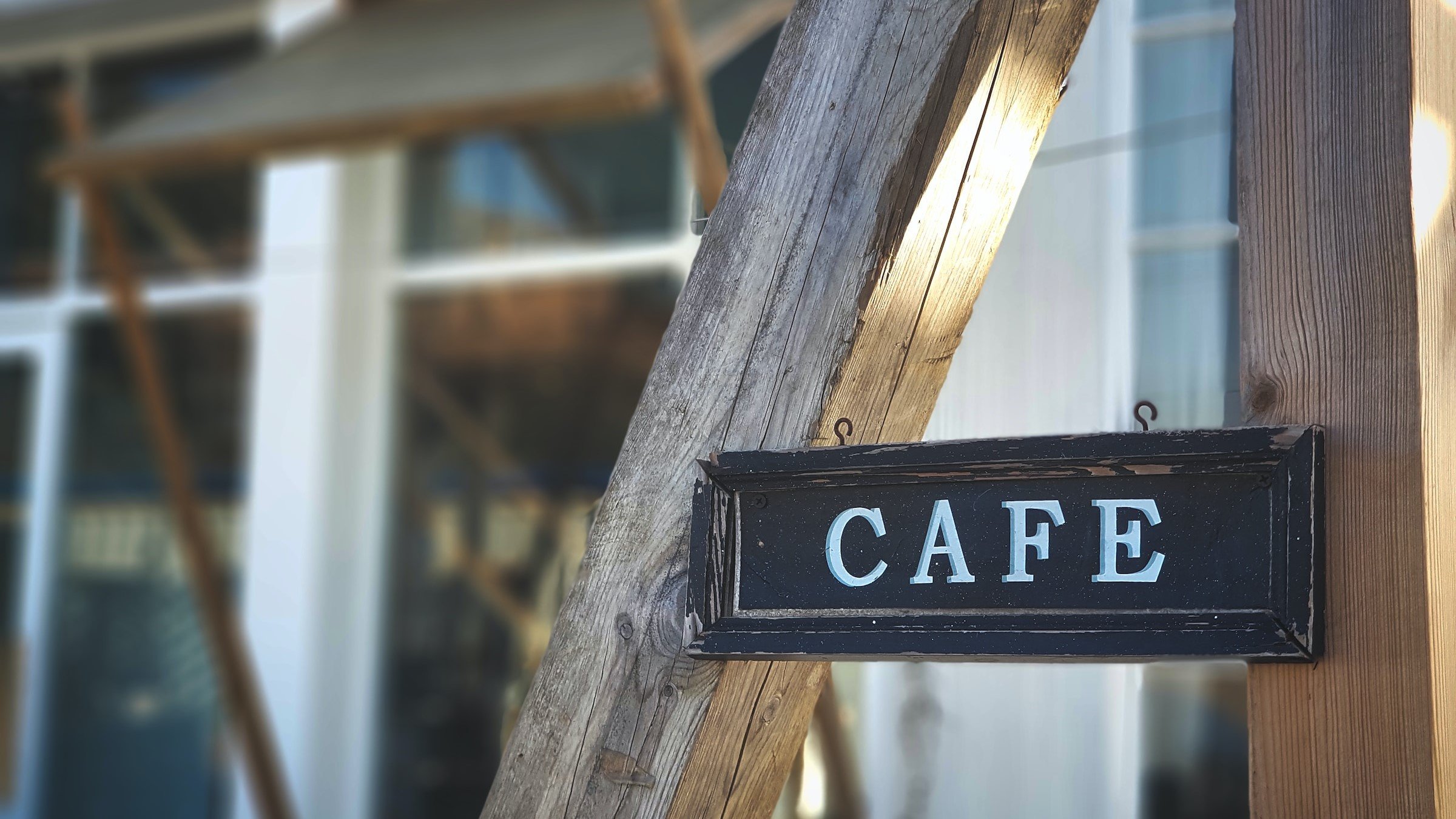
Jul 28, 2023 South Korea's Coffee Wars Jul 28, 2023 Jul 28, 2023
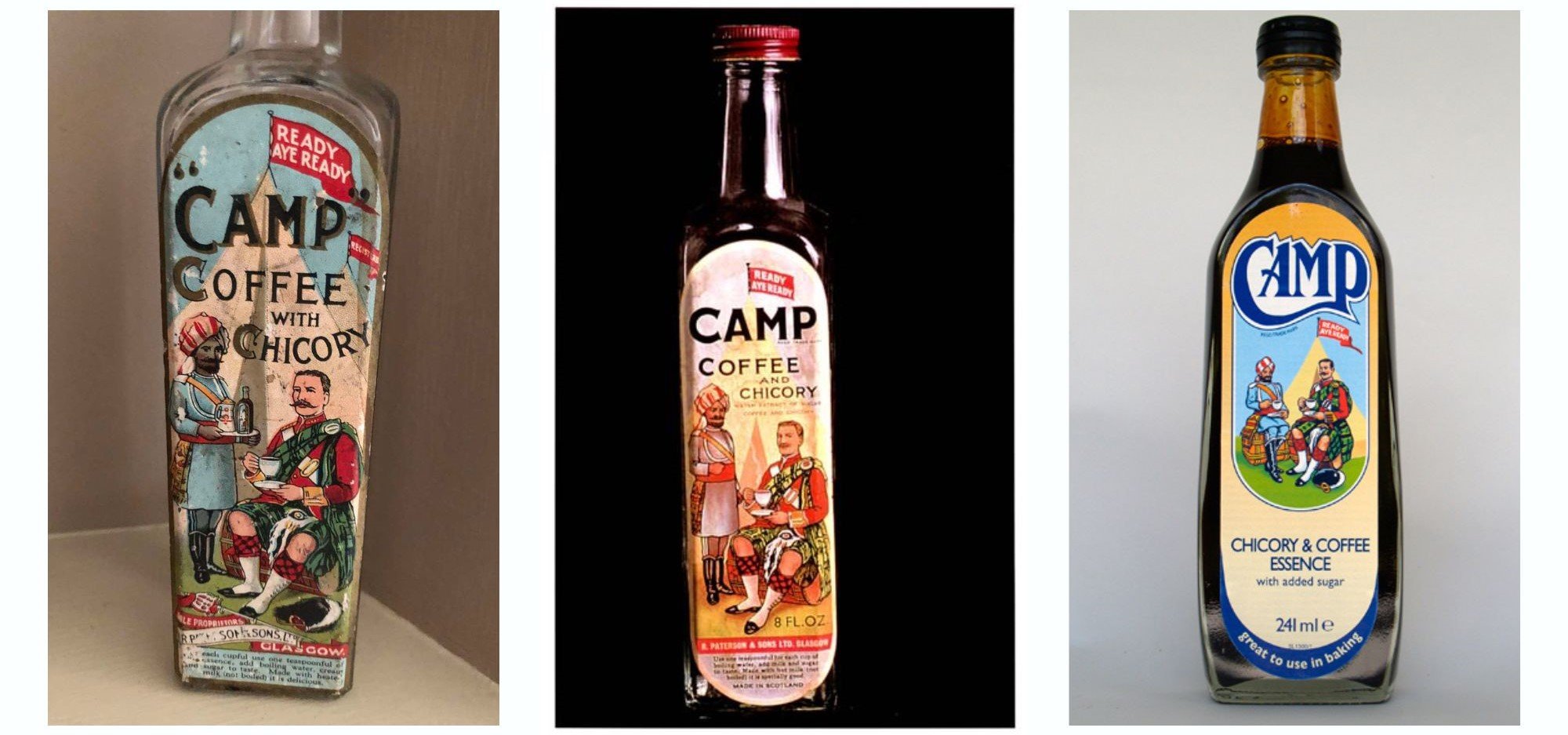
Jul 14, 2023 Camp Coffee, Colonialism, and the Evolution of a Brand Jul 14, 2023 Jul 14, 2023
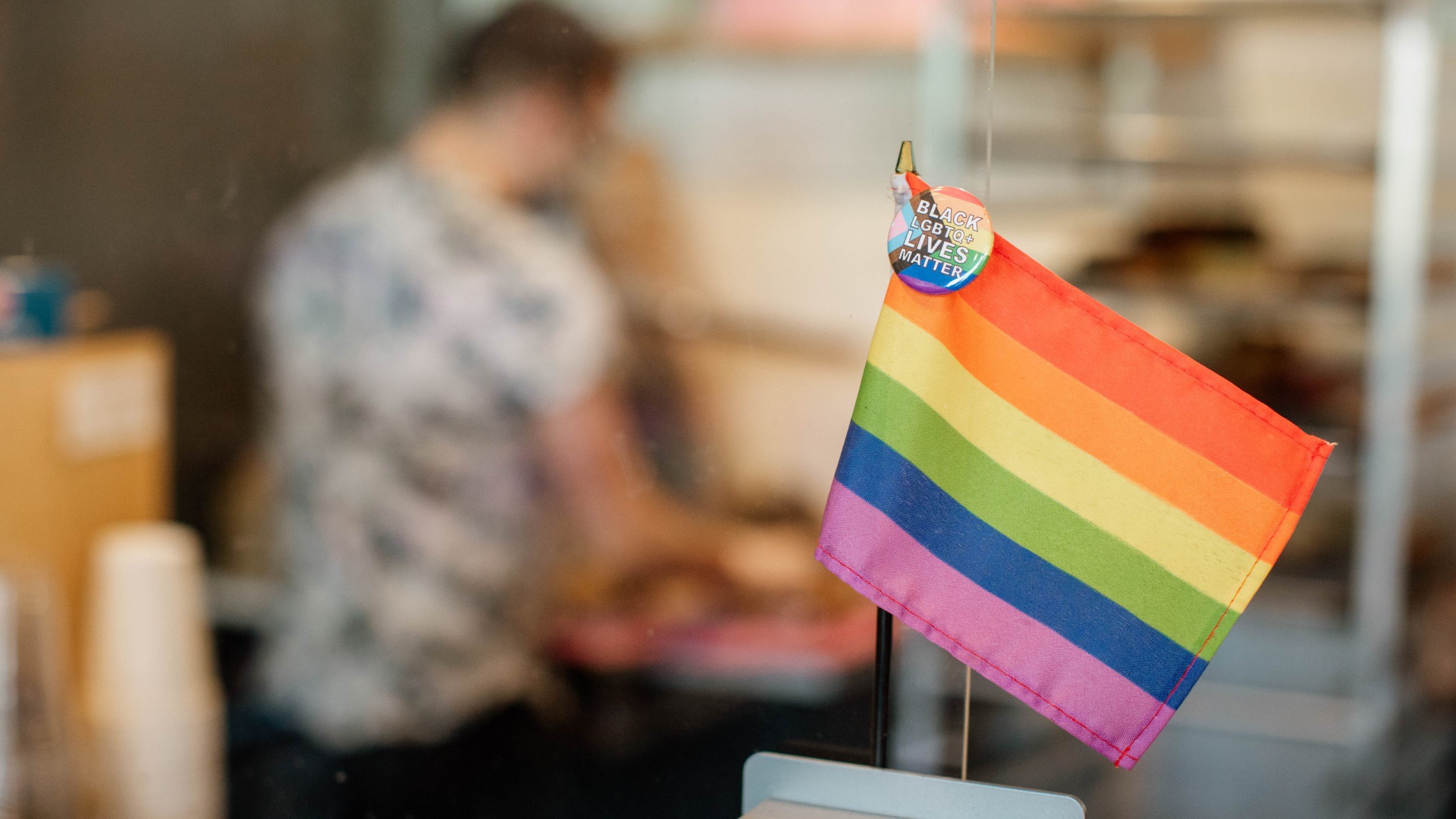
Jun 30, 2023 Defiance and Gay Frog Donuts: How Strange Matter Coffee is Navigating the Anti-LGBTQ+ Backlash Jun 30, 2023 Jun 30, 2023
Sign up for the newsletter and get the latest Pourover article delivered straight to your inbox